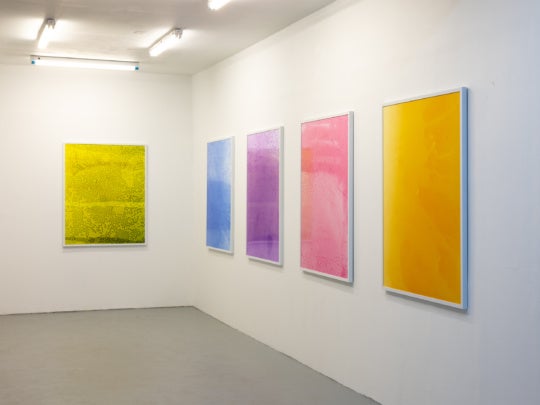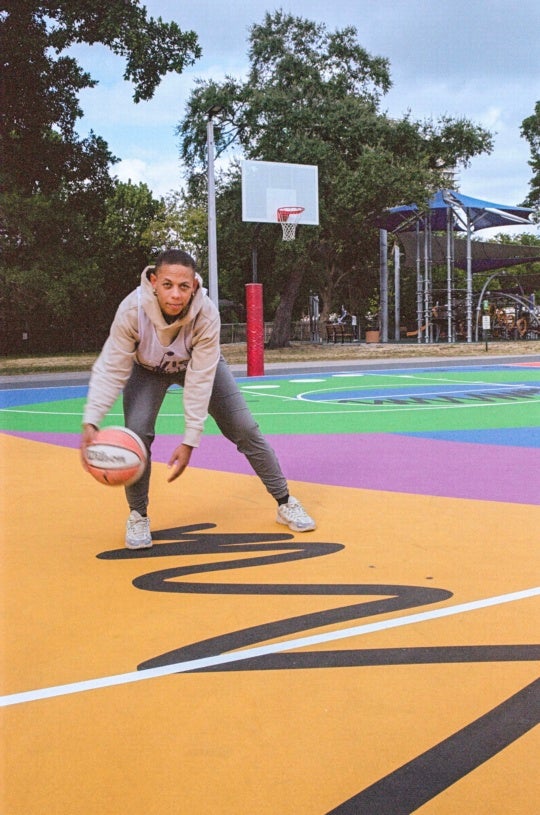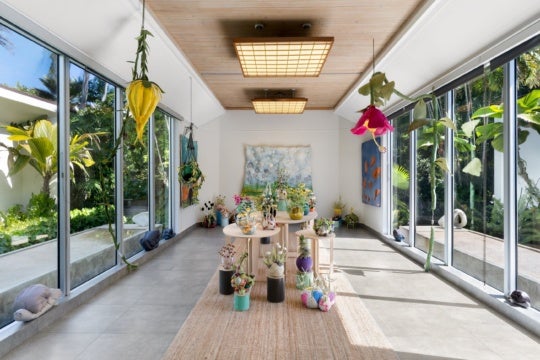
Atlanta artists Mario Petrirena and Rocío Rodríguez both came to the US as refugees from Cuba as children. They recently sat down to discuss how this experience impacted their childhood, their perceptions of American culture and of themselves, and how it has affected in different ways their work as artists.
Petrirena is an artist well known for his work in sculpture and collage. Mario’s work explores what it is to be human, the loss, fear, pain, anger, tenderness, and hope. Mario Petrirena came to the US in 1961 as part of the Pedro Pan program with two sisters. They spent nine months living in an orphanage in Pueblo, Colorado, until they were reunited with their family in Miami. After living in Miami for two years, the Petrirenas moved to Bel Glade and West Palm Beach, Florida. Petrirena shows with Sandler Hudson Gallery, and his career survey, “The Distance Between,” was on view at the Museum of Contemporary Art of Georgia, February 25-April 29, 2017.
Rocío Rodríguez is a painter known for her paintings and drawings that explore the language of abstraction. She came to the US in 1961 with her family and settled in Miami. Four years later, she and her family moved to Kansas for two years and then to Athens, Georgia. She shows regularly at Sandler Hudson in Atlanta and Kathryn Markel Fine Arts in New York, where she will have an exhibition of new work in March 2018.
Rocío Rodríguez: We both came here pretty much at the same time, at nearly the same age, and for the same reasons. I feel like yours was a more difficult journey than mine. I came to the United States with my family, and you and two sisters were separated from yours.
People often say to me, “oh, you came here from another country,” and they think that I came as an immigrant. Immigrants usually leave a country when they are looking for something better. For instance, my two grandfathers left Spain at the turn of the 20th century, leaving behind their villages. They were seeking new opportunities and a better situation. We left under other circumstances, for political reasons. We had to leave and had no choice because things got very difficult politically and we sought refuge. We also thought, at least at the very beginning, that we would return. And then it became very clear to us that that wasn’t going to happen, that there would be no return to the homeland. And that creates a very different psychological and emotional situation.

Mario Petrirena: Yeah, I guess that the “freedom” the U.S. offers is a part of that better life.
RR: I could really feel my parent’s sense of loss — that’s what I’m talking about —the loss of culture, the loss of country, the loss of community, the loss of their identity.
MP: Absolutely. As a child I was aware of the sense of loss that my parents had for country, family, and there was a longing for something that they thought they might get back. Then it was realized that was never going to happen. Children sense what their parents are feeling and they absorb it. At the same time, they were trying to survive. In our case, we, the children were also educating our parents. There were six of us kids, and the three older ones sort of took the role of educating our parents about this new culture.

RR: Did your mom have a job outside of the house or was she a stay-at-home mom?
MP: She stayed at home because there were six of us and they couldn’t afford childcare; so when the youngest went off to school, she got a job at a fruit processing company. That was her first job.
My mom didn’t understand things. For instance, when Easter came around everybody was getting an Easter basket. We, the older kids, had to do that for our younger siblings. So there were these cultural customs that my parents were not aware of.
RR: That’s because we don’t celebrate Easter the way Americans do. We were raised Roman Catholic, and typically Easter is a very somber, religious holiday in Latin American countries. There are no bunnies. I remember particularly when we were children in pre-Castro Cuba, there were religious parades incorporating the entire Passion of Christ. When we came to the United States, we were sort of surprised by the way Easter was celebrated here and didn’t quite understand the whole egg and bunny thing.
MP: Something really interesting is that Americans as a whole tend to think of outside people coming to this country as so different, but I saw the other side of that via my parents; they thought some of the customs here were very different and strange They were not always understanding certain things about this culture, and my mother would comment on that. In some ways, that informed my practice. Because …
RR: We [kids] were the bridge.
MP: Right. We both have that in in common — the duality, the back and forth that our work deals with — and I think that has something to do with being able to navigate …
RR: … the two cultures.
MP: Crossing bridges. I think that is reflected in the work, and reflected in the way we live our lives.
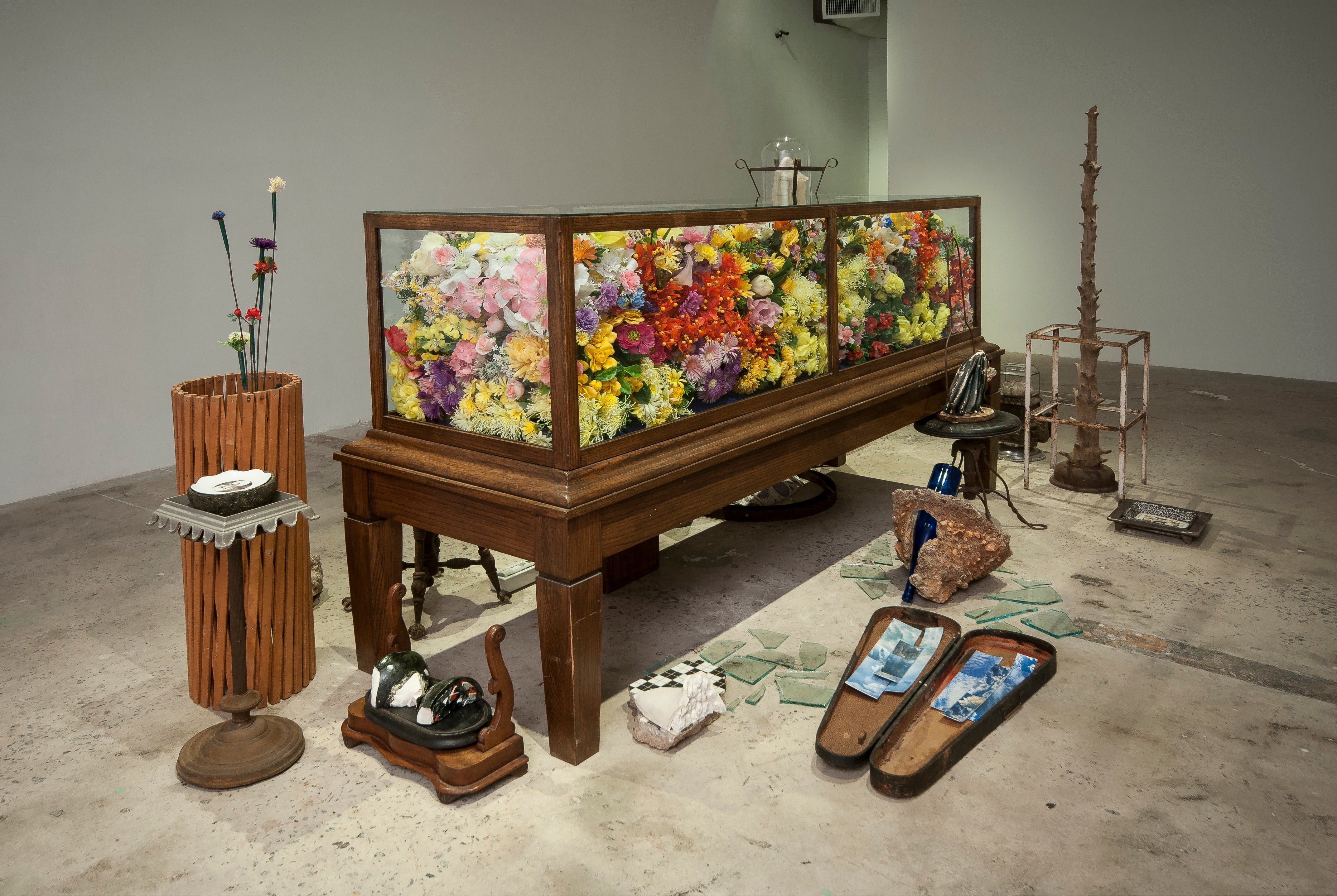
RR: Because we were children, we were able to pick up the language pretty fast. Like you, I didn’t speak English when I came here. We became the bridge because we were more fluent quickly, and that provides access to culture. I only lived in Miami for four years, and that was among an exile community where you are surrounded by people that speak your language and have your customs. When we left, it was like a second exile. We went to a place where we were the only Hispanic family, so for me our culture only existed in our house with my parents.
MP: Those eight or nine months that I was separated from my parents in Pueblo, Colorado, it was sink or swim. We had to learn English, we didn’t have a choice. When I was reunited with my parents nine months later in Miami, I got sent to a school in the suburbs, and I was put back into a school class with kids who couldn’t speak English. Luckily there was a teacher that I had the previous year who said, “this kid can speak English, he doesn’t need to be in this class.” So I got mainstreamed back into a regular class and that made a whole lot of difference.
RR: It felt strange for me, when I was younger, to be two things at once. You know? I couldn’t find my center, like, my cultural center. I felt a tremendous attachment to my parents, my family, and where we came from. We spoke Spanish at home and that kept us connected to our culture but at times it felt uncomfortable that I wasn’t one thing. Then that actually became more natural and I saw being able to navigate those two cultures as a tremendous gift — the ability to see some things from two points of view. We would see the way Americans would do something and how it was different from our way. These were somewhat superficial things, but I felt that I gained a deeper understanding that has given me the ability to really live with ambiguity and contradictions. I think that has happened also with you, hasn’t it? I think that you and I in our work have always set up these situations where there is a duality involved, or some kind of dichotomy to the work.
MP: Yeah, yeah, absolutely. For me it was the same way. It took me a while. Because I didn’t feel like I belonged in either culture. So when I was around Americans I always felt that I was a little too Cuban, and when I was around Cubans, I felt that I was a little too American. So I started to feel that I didn’t belong anywhere. At some point that shifts and you realize how lucky you are to be able to navigate both worlds.
RR: And to feel those two different sides of yourself. I think that’s the key there — that we actually could feel a different part of our self. When I was around my American friends I felt that there was a whole part of my personality that they didn’t know. And then when I was around Cubans that had stayed in an exile community, that was …
MP: … somewhat insular. You said something great about ambiguity, about being able to appreciate it and be comfortable with it. I think that is something that feeds both of our works.
RR: Yes, it has. I’ve often set up these situations in my work where there is a duality or dichotomy involved. For instance, in the ’90s I made paintings where the figure was in a state of forming or dissolving on opposite sides of the canvas. More recently working abstractly, I’ll have a shape that is very sharp-edged and geometric next to a softer, less defined and ephemeral one.
MP: Opposites and contradictions are constants in my practice, whether it be the inside-outside of my vessel forms, the juxtaposition of the found and the manmade object, or the new and the old of things that I include in my installations. To be able to appreciate the ambiguity and contradictions gives you a fuller, richer worldview.

RR: My past experience has created a certain kind of empathy for people who are struggling with a new culture. And given what is happening today with the ongoing crisis in Syria, and in many other places, I think of these people and what they’re experiencing. I feel so fortunate that my experience wasn’t as difficult. I was able to come here with my family. We got settled pretty quickly, and we were accepted in this country, meaning, they let us come. But it’s a different situation for a lot of folks today.
MP: I feel the same way. I feel very fortunate and accepted. I mean, you know, there were glitches here and there but for the most part we were accepted.
RR: We might not have been understood all of the time. You know, there was always the one person that had to call you a spik or something like that, but it wasn’t anything that I felt damaged by, because, after all, we came from a Western country. Some people tend to see refugees who come here as only taking resources, and not contributing to the greater culture. I dealt with this issue of my bicultural personality in my work back in the ’90s, and then I just sort of put it away. That work was a lot about loss. But since my work is abstract, I didn’t speak about this very directly, as I never do in my work.
Your work ranges between various forms, subjects, and media and in some cases it is deeply rooted in the personal. I don’t have to know the particulars of your life story to be moved by the work because it speaks for itself. But I have always been amazed at your ability to be so open and naked with your emotions in your work. Some folks have commented that the work is very earnest. In the current art world being “earnest” isn’t necessarily prized and the word “authentic” is often seen as something from the past. How do you respond to this?

MP: When you say that, I start thinking in terms of my parents. My mother was always demonstrative about everything she said, and my father tended to be more reserved and didn’t express his feelings very much. I always used to think that that was strength, that strength was in being quiet and contained. But I think you have to have strength to be earnest. I think that there is a certain amount of strength in showing who you are.
RR: There’s a strength in showing vulnerability.
MP: Maybe there is. When I’m in my studio, I talk about silencing “the voices,” those voices that tell you, you can’t do this, you can’t do that, or that men are a certain way or women are a different way.

RR: You and I sort of have a rebellious streak. Part of that rebellious streak is rooted in our history — in that we came to the US to be able to do anything and say anything — for freedom of expression. So we aren’t necessarily going to self-censor.
MP: Yes, it does. I think it’s rooted in feeling a sense of responsibility. Our parents gave up a lot for us to be able to do this, to be able to find our own voice. It is the gift that they gave me, so why mess around with it.
RR: I also feel to some degree that there is a cultural difference. In our Cuban culture, being expressive about your emotions is not frowned upon. It’s almost like, if you don’t show it, there’s something absolutely wrong with you [both laugh]. To be expressive, to have strong opinions, means …
MP: … to be yourself! When people talk about vulnerability or being earnest, to me it means to be fully human.
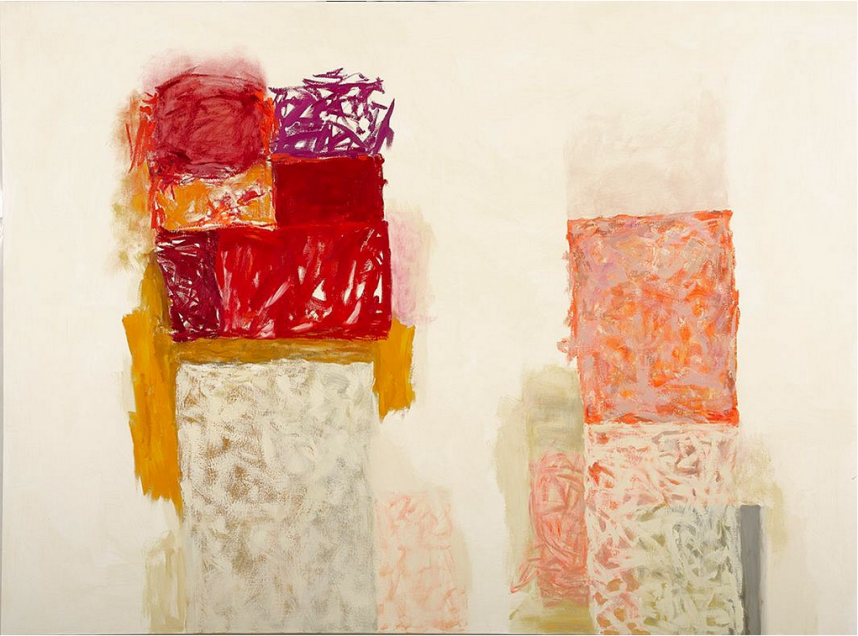
RR: I think there is a lot of “strategy” to some art-making today. But the studio experience is one of stripping down and being totally naked. I mean, I have to get a lot people out of my studio before I start working. Get all those voices to leave, and the last voice to leave is the ego. That has to go, so that you are really naked, completely bare to find out what you really have to do in there, and that takes a lot of discipline.
MP: Yes, a lot of discipline, and it takes a toll on you.
RR: And that is something that I cannot not do.
MP: Me neither. I don’t know any other way to do it. To get to that place is not always easy and you have to work at it and you have to make it happen again and again. It’s not this wonderful place that is open to you all the time.
RR: You know me, I’m either a rushing river or a total desert. It’s either hot or cold in the studio. It’s never an ongoing, steady rush of creativity. Also, there’s a lot of doubt. William Kentridge once said: “No critic’s review of an exhibition has ever been harsher than what that artist has dreamt up at 3am on his own,” which I think is a terrific quote. I’ve had many of those 3am thoughts.
How has it been for you working in Atlanta? Do you think that being in the South and working in this city has particularly impacted your work?
MP: I can’t imagine that it didn’t affect my work. I mean, I’ve lived in the South longer than any place else. I am married to an Atlanta native, so I learned first hand about the food, the customs, the history, the music, all very different from what I grew up with. There’s this kind of politeness in the South that is really contrary to being “earnest.” And sometimes that’s irritating.
RR: No kidding. And it is irritating for you and me because in our Cuban culture expressing yourself directly is considered a good thing. We aren’t being impolite. We are just telling you what we really think, and to Southerners that comes across as a little blunt.
MP: But I think my sense of empathy has been amplified by living in the South. I mean, you go other places and people talk about the South as an ignorant place and …
RR: Oh, I know! There are all kinds of misconceptions about this place, this region. I think the art community in Atlanta has grown quite a bit in the last 30 years. A lot of younger artists are choosing to stay here, whereas before they’d move away and we’d say, “well, there goes another one.” It’s wonderful to go to an art opening and not know everybody.
MP: Yes, it is!

